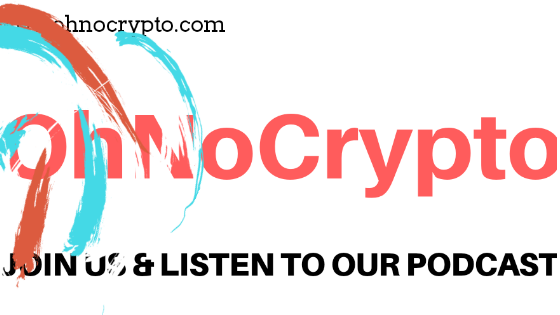Why We Have to Wait-and-See if ETH 2.0 is Worth the Wait

- ETH 2.0 will improve the Ethereum blockchain’s ability to exponentially handle more transactions per second.
- For ETH 2.0 to be successful, changes have to occur without crippling the network.
- Principles established by the Ethereum Foundation are purposely intended to allow seemingly messy and unorganized software development.
We’ve all gotten those iPhone or Android messages stating that our devices will get a software update. Usually those upgrades go off without a hitch. Similar upgrades happen with most of our hardware that’s connected to the Internet, ranging from smart watches, to cloud-based word processing software, to GPS maps in our vehicles, to the security systems in our homes.
Software updates and upgrades happen all the time.
So why is it taking years for the ongoing Ethereum 2.0 enhancements to be put in place? Before we answer why the ETH 2.0 deployment is moving slower than the tectonic plates, let’s get a refresh on what ETH 2.0 is looking to solve.
Basically, ETH 2.0 will improve the Ethereum blockchain’s ability to exponentially handle more transactions per second; improve the security of the network; create a programmed approach to limit coin supply to increase the value of each existing coin; while shifting the entire distributed network from proof-of-work to a proof-of-stake consensus model.
For ETH 2.0 to be successful, all of those changes have to occur without crippling the network; without alienating ETH miners; without disrupting the thousands of apps running on Ethereum; or interrupting the thousands of investor transactions occurring every day. It’s almost like trying to upgrade all the systems in a race car (engine, suspension, transmission, electrical, fuel lines…etc.) during the middle of a race.
It’s also analogous to the cliché of “herding cats” – the nearly impossible task of getting fickle felines to do something together. In fact, the Ethereum programmers working on the upgrade have a public blog titled Ethereum Cat Herders that updates the project’s progress.
Why do Ethereum software developers consider ETH 2.0’s deployment similar to herding cats? Because that’s how the ETH founders and Ethereum Foundation intended it. The Foundation lists its “design principles,” which are the basic ground rules for developers, programmers, project managers, and coders to follow as they all collaborate to improve the network. One of those design principles, listed below, outlines its open approach to programming:
Collaborative Improvement
The website is the product of many contributors, just like the ecosystem as a whole.
- Open: Celebrate transparency of source code, processes and projects across the ecosystem.
- Extendable: Modularity is a key focus behind everything we do, and so contributions should be modular too. The core design, component code & implementation of the site should enable it to be easily extended in the future.
- Experimental: We are constantly experimenting, testing and iterating.Collaborative: This project brings together all of us.
- Sustainable: Setting up for long-term maintenance by the community
This approach to software development is markedly different from typical software updates from Big Tech players such as Microsoft, Apple, Google…etc. Those rollouts tend to be highly proscriptive, closed, centralized, controlled, and deadline driven.
Not so for ETH 2.0 based on its explicit design principles.
Ben Eddington described the difference between the two software development methods citing an essay titled The Cathedral and the Bazaar, which eventually became a best-selling book by Eric Steven Raymond.
Eddington applauds and describes the book’s comparison of centralized versus decentralized software design:
“It’s a compelling look at what happens when you allow a broad group of “all-comers” to participate in the development of a software project. He [Raymond] calls this the “bazaar” model of open source software development. It is noisy and seemingly chaotic, but immensely productive and energizing — and, crucially, results in better outcomes. He contrasts the bazaar approach with a more traditional “cathedral” model in which all development is done by a small, closed group of individuals. Twenty-something years later, the power of the bazaar is undeniable. The Linux operating system that now dominates much of the world’s computing is but one example of the software development bazaar in action.”
Similar to the “bazaar model,” the very design principles established by the Ethereum Foundation are purposely intended to allow seemingly messy and unorganized software development to ensure the best solutions are adopted, not necessarily the fastest.
We’ll have to continue to wait and see if Ethereum 2.0 is truly worth the wait.
On the Flipside
- The collaborative approach to programming ETH 2.0 upgrades is commendable, however, it’s so labor- and time-intensive that its milestone developments can be leap-frogged by other tech competitors.
EMAIL NEWSLETTER
Join to get the flipside of crypto
Upgrade your inbox and get our DailyCoin editors’ picks 1x a week delivered straight to your inbox.
[contact-form-7]
You can always unsubscribe with just 1 click.
Op-ed, ETH, Ethereum, ethereum 2.0Read More
OhNoCrypto
via https://www.ohnocrypto.com
, @KhareemSudlow


